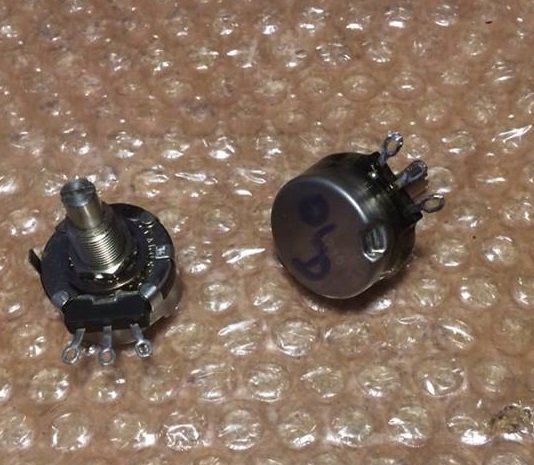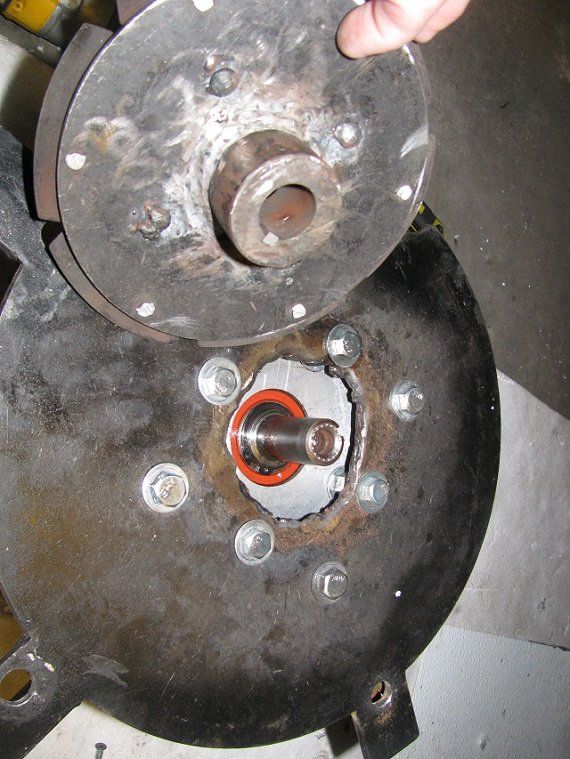Published Saturday August 2, 2014: Updated August 9, 2014
Geo EV Repairs
My First Legitimate Electric Vehicle Maintenance Related Repair.
I often make the claim that electric motors are far superior to internal combustion engines. One of many reasons (besides lower pollution and higher efficiency) is lower maintenance and operating costs.
Which engine would you guess would have a higher opportunity for failure?
- An internal combustion engine with hundreds of intricate, precision parts, all delicately timed and reciprocating around one another, while a 2000° explosion blasts them, thousands of times a minute?
- An cool running, electric motor with 1 rotating part?
It doesn’t take a genius to realize the obvious simplicity of an electric motor. Which is why electric motors are used in so many applications!
Could you imagine using a gas powered blender? Or gas powered microwave oven, or a gas powered TV, computer, or iPhone? What a truly horrible existence it would be if everything ran directly on gas!
What if everything ran on gas? What if everything didn't? They have a good point.
As for Mechanical vs. Electrical, imagine trying to build a computer today that uses gears and pistons to represent 1’s and 0’s?
The only reason that every car in the world did not begin and remain electric from the very beginning is because of electrical energy storage challenges. When, cheap, abundant oil appeared on the scene, we compromised our comforts, our health, our safety and the environment. We sacrificed all the amazing convenience and ease of electric motors for the greasy, smelly, deadly combustion engine, simply and only because gasoline has such an amazing energy density.
But I’m getting WAY off topic.
While ICEs and electric motors are fundamentally very different, (ignoring the exhaust system), from the transmission out to the wheels, they are essentially the same animal. Beyond the drive train, both still require normal maintenance and repairs (tires, wiper fluid). Although the brakes on an electric car (or hybrid) will outlast the brakes on a regular gas car simply because EVs and hybrids employ regenerative brakes. Wear and tear on the friction brakes will simply be much, much less.
Then there is my Geo EV. It doesn't have much on it that can go wrong. But a few weeks ago, I discovered it has an electro-mechanical part that can and did wear out faster that I would have expected and hoped. The mechanically driven, physically contacting, resistive, potentiometer, throttle control.

Apparently potentiometers only last 12,531 miles.
It’s the exact same mechanism as what is inside the volume knob of your old home stereo. Inside, it has a mechanical wiper that drags across a progressively increasing resistive material. Stepping on the accelerator petal causes it to twist accordingly. But after 18 months and 12,000 miles, it started to wear out.
Initially, this mechanical wear pattern was virtually unnoticeable, but after a few weeks it got progressively worse.
Instead of being able to gently push down on the throttle and slowly begin to creep forward, the car would just sit there. If you push down harder on the throttle, still nothing will happen until such a time when the wiper made contact, causing the car to lurch forward.
I spent $34 on a couple of replacement potentiometers (one to be used immediately and another to have on hand in another 18 months).
I couldn’t understand why a $3 potentiometer should cost a whole $17, until I learned that these are custom made. Instead of a linear increase of resistance from 0 to 5000 ohms, this part is more of a piecewise function than a linear, variable resistor. Out of the whole 290 or so degrees of twisting motion, only 40 degrees of it has a region where the resistance varies. The gradient before, is a constant 0 ohms and the gradient after, is a constant 5000 ohms. Weird!
“Whatever. Just give me the part.”
It took me several minutes to change it out. Maybe someday, I’ll upgrade the throttle control from a resistive potentiometer to a hall-effect sensor, (like what commercially made EVs use), so this won't ever happen again.
Things That Could Go Bad in the Future
Motor Brushes: Unlike the superior AC wound motors in commercial electric cars, the Geo EV uses a relatively small, DC brushed motor. While the brushes can last for 80,000 to 100,000 miles, they will wear out eventually. It costs less than $100 for a new set of brushes and takes about 40 minutes to change them out.

I keep a spare on hand with my car's tool kit, just in case. Unlike an EV, it's nearly impossible, to re-build a gas engine on the side of the highway.
Shaft Adapter: The home-made clutch to transmission adapter cost about $28 in materials to make. I made it as an experiment to see if I could do it. It worked, so I kept it. It has held up beautifully. But it too could potentially be sheered by too many impatient romps on the throttle. After 14 months and 10,000 miles (the last time I inspected it), it is still in good shape.

Back-side of motor shaft adapter around the time of installation. Four welded nuts and six rivets hold the adapter together.

Bore-scope photo of the back-side of shaft adapter 14 months later. A rivet and another nut, (welded into place) and starting to rust. If the rivets fail, the nuts will carry the strain and vice versa.
